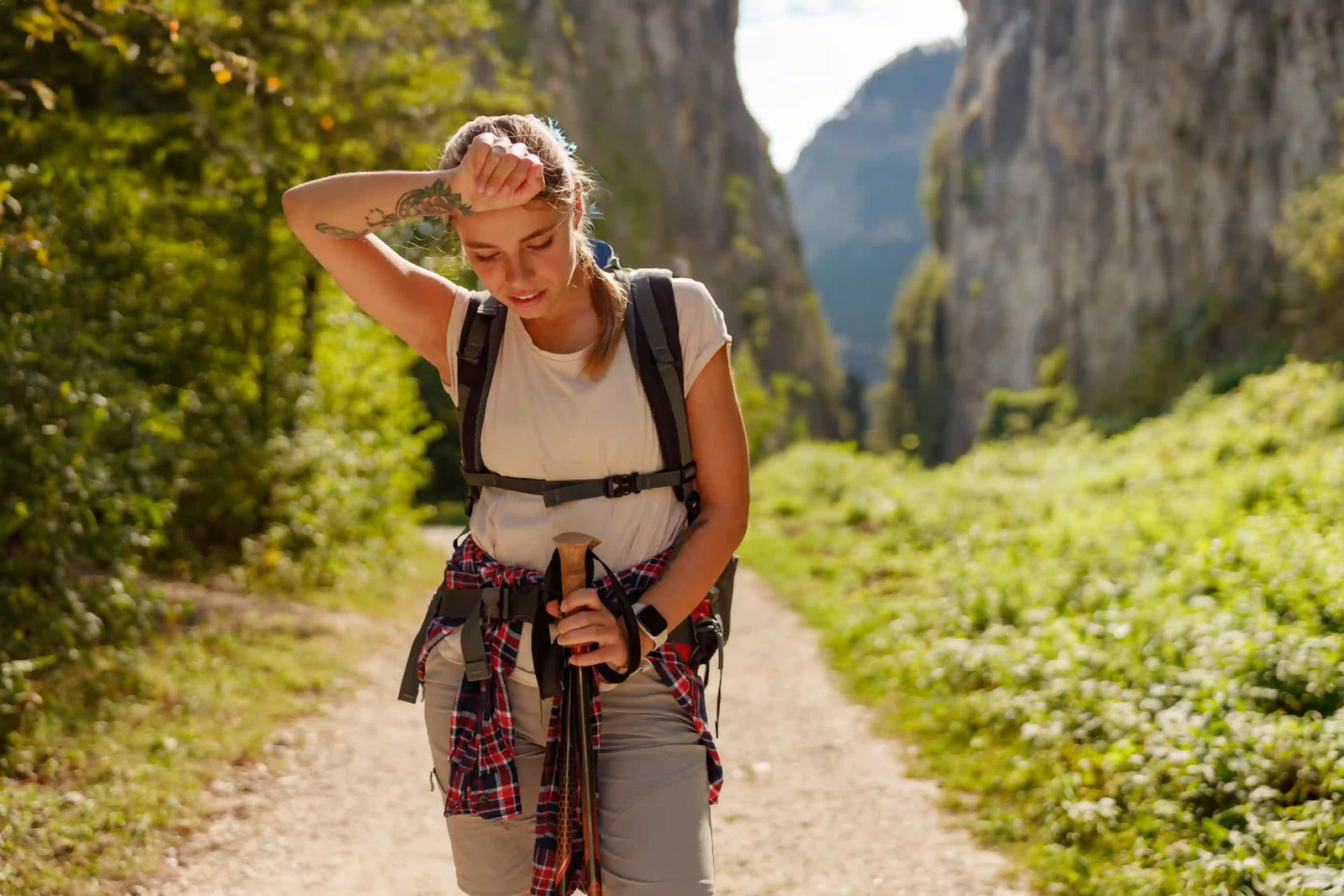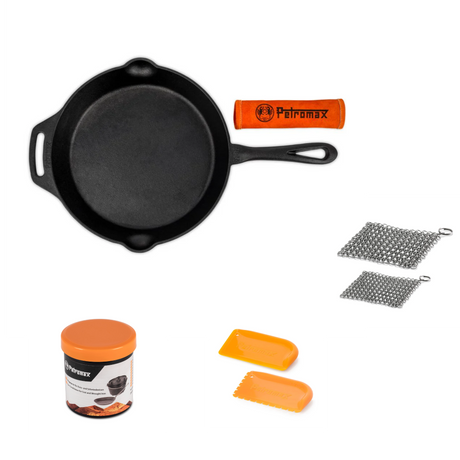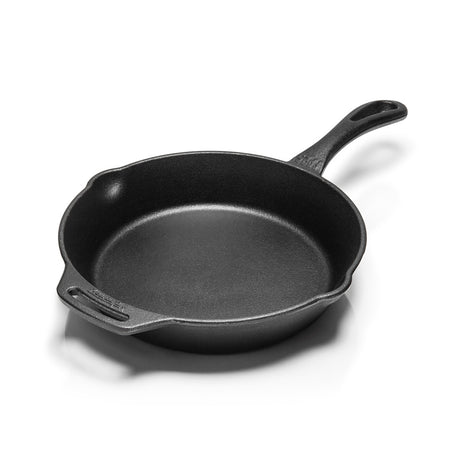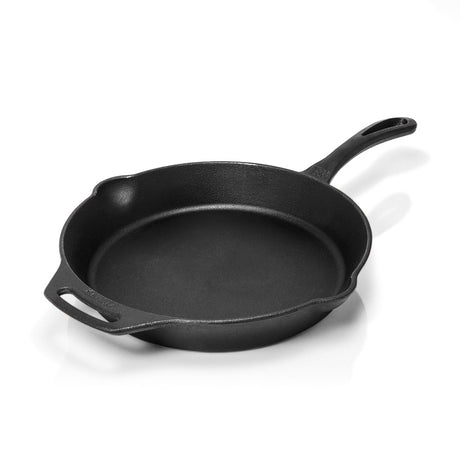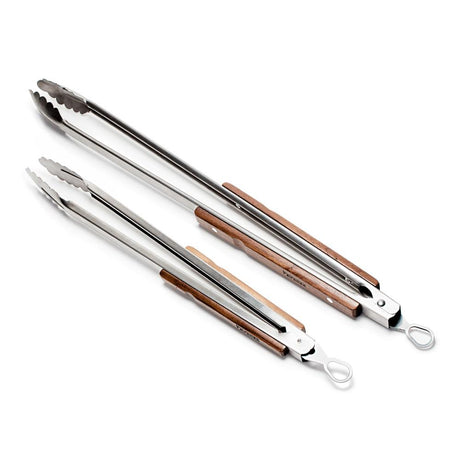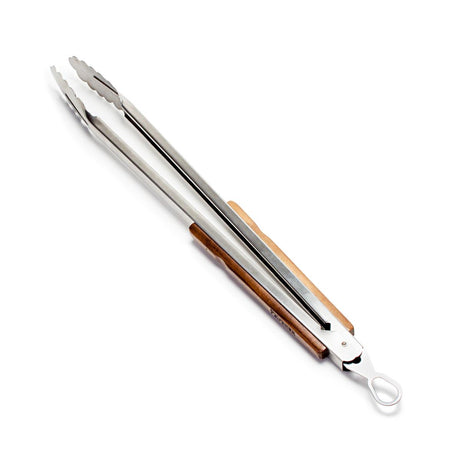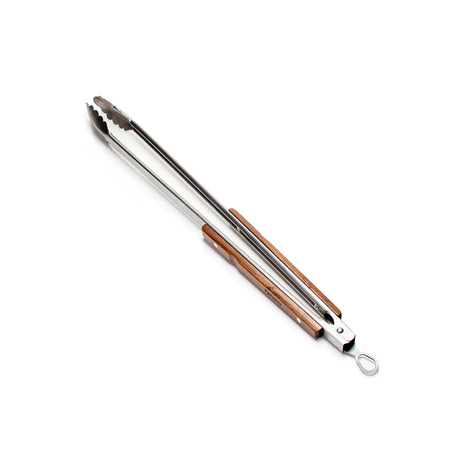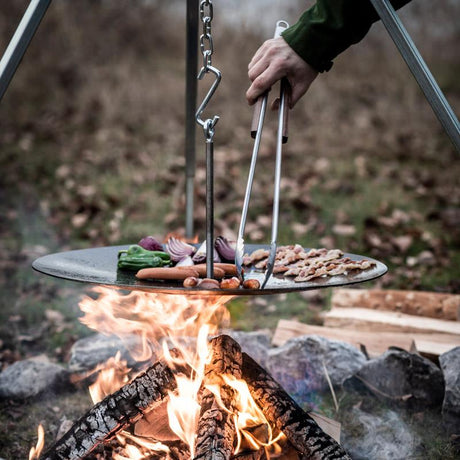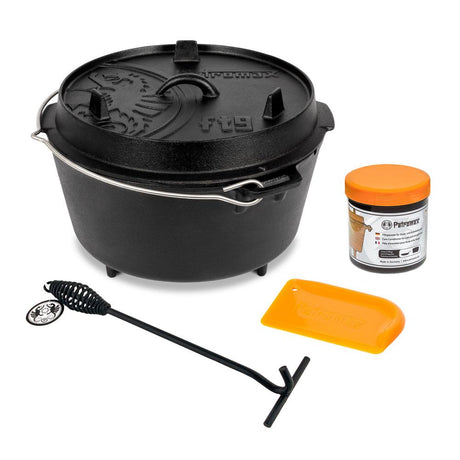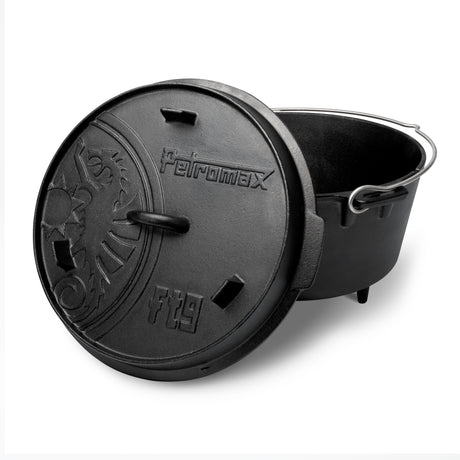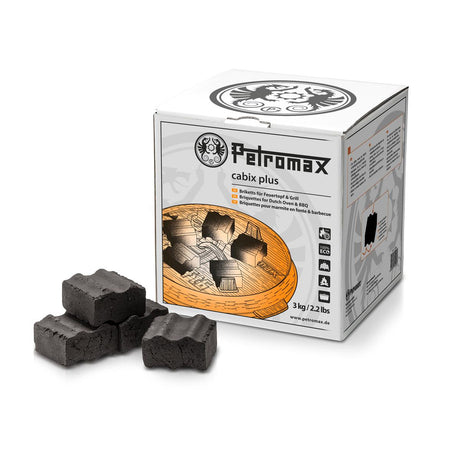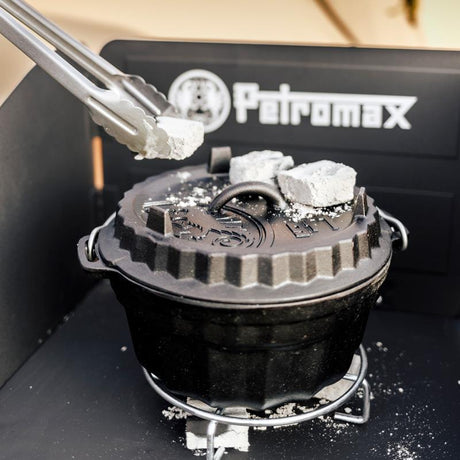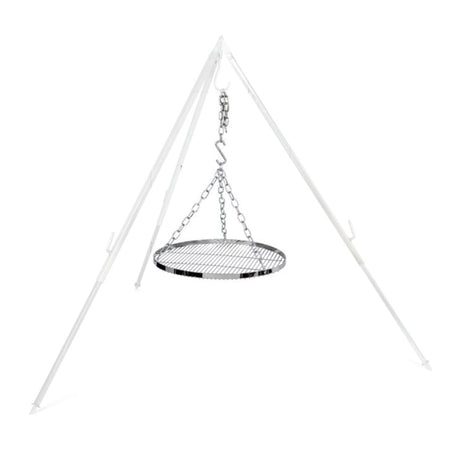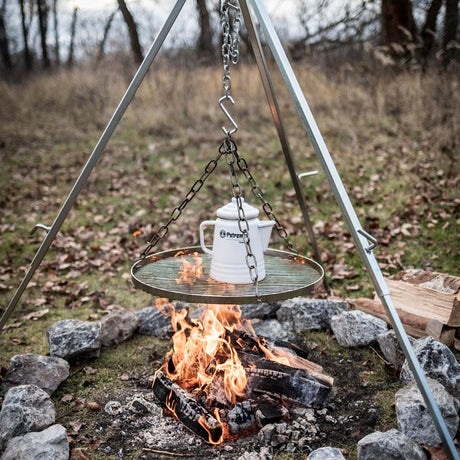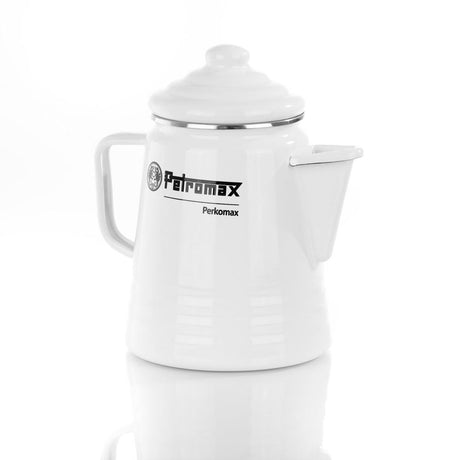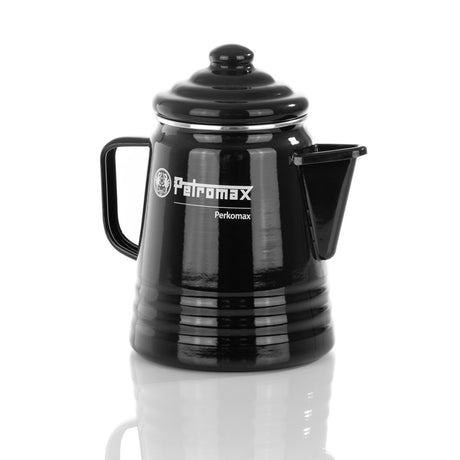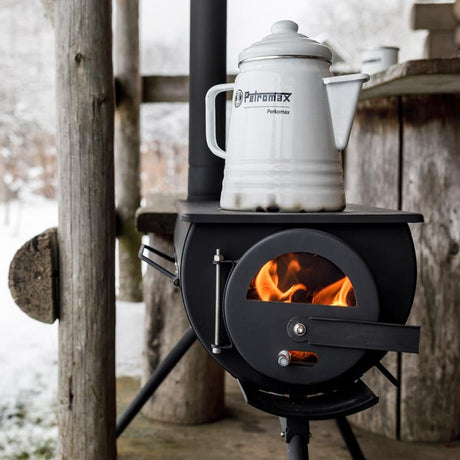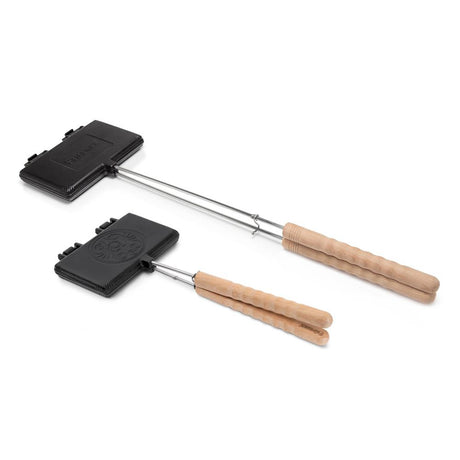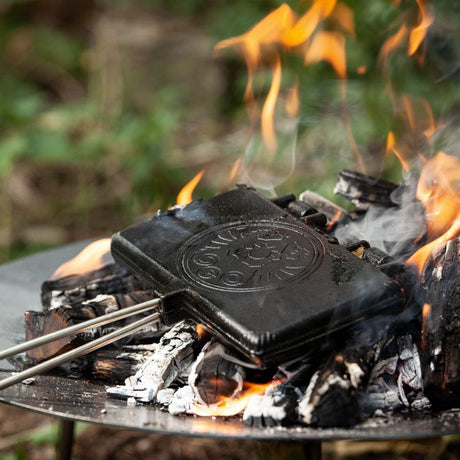Do you fancy a hike, but the sun is beating down outside? Although the summer weather is stable and invites you to go hiking, the heat can be a real challenge. In this article, you'll find out how you can hike safely and enjoyably through the mountains even on hot days.
Table of contents
Why is hiking in the heat particularly challenging?
How do I best plan my hike on hot days?
What clothing provides the best protection when hiking in the mountains in the heat?
How much and what should you drink in hot weather?
What is the best way to cool down on the way?
What emergency measures should you know in the event of heatstroke?
Conclusion
Why is hiking in the heat particularly challenging?
When the thermometer climbs above 30 degrees, your body quickly reaches its limits when hiking. The heat puts a double strain on your circulation: on the one hand, it has to cope with the muscle work on the ascent and, on the other, it has to regulate your body temperature at the same time. This leads to significantly higher fluid loss than in moderate temperatures.
During a hike in the heat, you lose up to one liter of sweat per hour! Not only water is lost, but also vital electrolytes. The result: you tire more quickly, your concentration decreases and the risk of heat exhaustion increases.
The situation becomes even more challenging in the mountains. UV radiation increases with every meter of altitude - at an altitude of 1,500 meters, it is already 20% more intense than in the valley. What's more, help often takes longer in an emergency. A simple sunstroke can quickly develop into a serious problem in rough terrain.
How do I best plan my hike on hot days?
In hot weather, your tour stands or falls with the right planning. The most important tip first: start early! If you start at 6 or 7 a.m., you can get most of the ascent over with before the midday heat hits. Alternatively, you can also start in the late afternoon hours when the temperatures drop again - but then keep an eye on the twilight time.
Optimal tour planning in the heat:
- Start time: Early in the morning (6-7 am) or late in the afternoon
- Choice of route: Prefer routes with plenty of shade and water points
- Distance & elevation gain: Plan approx. 30% less than usual in the heat
- Breaks: Allow for more and longer breaks
- Emergency plan: Know shortcuts and exit options
Choose your route carefully. Look specifically for paths with sufficient shade, for example through forest passages. Also check whether there are natural water points to cool off along the way or places to stop for refreshments where you can replenish your water supplies.
One crucial point: be honest with yourself about your fitness level! In the heat, you will cover around 30% less altitude than in optimal conditions. Therefore, plan shorter stages and more breaks. A 6-hour tour in mild temperatures can easily take 8-9 hours in the heat.
Also check the weather forecast for possible thunderstorms, which often occur in the afternoon on hot summer days. In this case, an early start is all the more important so that you are back in the valley before the thunderstorm.
What clothing provides the best protection when hiking in the mountains in the heat?
The right clothing is worth its weight in gold when hiking in the heat. Lightweight, breathable materials are essential. Synthetic functional fabrics or merino wool effectively wick sweat away from the skin and dry quickly. Cotton, on the other hand, is a no-go - once you've sweated through it, it hardly dries at all and cools you down uncomfortably.
Checklist for heat-suitable hiking clothing:
- Outerwear: Lightweight, breathable shirts with UPF 30+ sun protection
- Headwear: Hat with a wide brim or cap with neck protection
- Sunglasses: With UV400 protection for your eyes
- Underwear: functional underwear instead of cotton
- Pants: Lightweight, quick-drying hiking pants (can be zipped off for more flexibility)
- Socks: Special hiking socks made of functional material to prevent blisters
Opt for light colors that reflect rather than absorb sunlight. Garments with integrated UV protection (UPF 30+) are particularly recommended. They offer reliable protection from the intense sunlight in the mountains without making you sweat.
Your most important item of clothing in the heat is your headgear. A hat with a wide brim not only protects your head, but also your neck, ears and face from the sun. Alternatively, a cap with neck protection will also do. Don't forget your sunglasses - your eyes also need protection from UV rays.
When packing your rucksack correctly, make sure it has a good carrying system with a mesh back. This prevents additional sweating on your back and significantly increases your hiking comfort.
How much and what should you drink in hot weather?
The rule of thumb in hot weather: drink more than you think! You should plan at least 2-3 liters of water per person for a day trip - in very hot weather even 4-5 liters. It's better to take too much with you than too little, as dehydration can be dangerous.
| Activity | Amount of water required | Additional recommendations |
|---|---|---|
| Easy hike (2-3 hours) | 2 liters | 0.5 liter isotonic drink |
| Medium-difficulty tour (4-5h) | 3 liters | 1 liter isotonic drink |
| Demanding tour (6h+) | 4-5 liters | 1-2 liters isotonic drink |
| Midsummer heat | +1 liter extra | Be sure to supplement electrolytes! |
However, pure water is not enough for heavy sweating. Sweating causes you to lose important minerals such as sodium, potassium and magnesium. Make up for this loss with isotonic drinks. You can take ready-made sports drinks with you or simply make your own isotonic solution: A liter of water with a pinch of salt, some sugar and a squeeze of lemon will do the trick!
DIY recipe for an isotonic drink:
- 1 liter of water
- 1 pinch of salt (approx. 1/4 tsp)
- 2-3 tbsp honey or sugar
- Juice of half a lemon
- Optional: a few leaves of mint for flavor
Important: Don't wait until you feel thirsty! This is already an alarm signal from your body. Instead, drink small amounts regularly - a sip every 20-30 minutes or so. A practical method to monitor your fluid intake: Check the color of your urine. If it is dark yellow, you urgently need more fluids.
If you want to use water from streams or lakes when you're out and about, find out about the quality beforehand or use methods to make water drinkable. This can be a real lifesaver in an emergency.
What is the best way to cool down on the move?
If the heat is getting to you while hiking, there are some clever tricks for cooling down on the go. One of the most effective methods is to dampen your headgear or a scarf with water. The evaporative cooling acts like a natural air conditioner.
The 5 best cooling methods for on the go:
- Cool your head & neck: Moist cloth or cap on the back of your neck, re-moisten regularly
- Cool wrists & inside of forearms: Large blood vessels are close to the surface here
- Water spray bottle: A few sprays on the face and arms provide immediate refreshment
- Cooling towel: Special outdoor cooling towels keep you cool for longer
- Use bodies of water: Short breaks at streams or mountain lakes for foot baths or to cool your face and arms
Special cooling towels from the outdoor sector are also worth their weight in gold. Once wet, they stay cool for hours and can be used again and again. Simply place them on the back of your neck or over your forearms during breaks - there are large blood vessels running close to the surface of your skin that distribute the coolness throughout your body.
Plan your route so that you can head for shady rest areas. A break under dense trees can lower the perceived temperature by several degrees. Even better: look specifically for bodies of water for a refreshing cool-down. A quick footbath in a mountain stream or wetting your wrists and face with cool water works wonders.
An insider tip: carry a spray bottle of water with you. A few sprays on your face and arms will give you instant relief. It is particularly refreshing if you add a few drops of peppermint oil to the water - this further enhances the cooling effect.
What emergency measures should you know in the event of heatstroke?
With all due caution, sometimes the heat still takes you by surprise. It is therefore vital to know the signs of heatstroke: severe headaches, dizziness, nausea, hot and dry skin (without sweating!), confusion and a strongly increased pulse rate are alarm signs.
Alarm signals of the body in heat:
| Symptom | Sunstroke | Heat exhaustion | Heat stroke |
|---|---|---|---|
| Headache | Yes, mostly in the head area | Yes, often dull | Severe, throbbing |
| Dizziness | Slight | Clear | Severe to clouding of consciousness |
| Nausea | Possible | Frequent | Almost always |
| Skin | Reddened head/neck | Moist, sweaty | Hot and dry (no sweat!) |
| Body temperature | Normal or slightly elevated | Slightly elevated (up to 38.5°C) | Highly elevated (over 40°C) |
| Urgency | Medical help recommended | Immediate treatment required | Life-threatening emergency! |
First aid measures for heat stroke:
- Make an emergency call: In DE/AT: 112, in Switzerland: 144
- Move the person into the shade
- Elevate upper body
- Remove excess clothing
- Cool with damp cloths (especially head, neck, armpits, groin)
- If conscious: give sips of water
- If unconscious: place in the recovery position, monitor breathing and pulse
If you notice these symptoms in yourself or your fellow hikers, immediate action is required: the hike must be interrupted. Move the affected person into the shade and into a semi-recumbent position with their upper body elevated. Remove excess clothing and cool the body - especially the head, neck, armpits and groin area - with damp cloths.
Heatstroke is a medical emergency! Call the mountain rescue service immediately (112 in Germany and Austria, 144 in Switzerland). Until help arrives, if the person is conscious, give them a sip of water to drink. If they are unconscious, place them in the recovery position and constantly monitor their breathing and pulse.
Your first aid kit when hiking should always contain an emergency telephone, a rescue blanket (for shade) and electrolyte powder. With the right preparation and quick action, you can save lives in an emergency.
Conclusion: Hike safely in the heat with the right preparation
Hiking in the heat doesn't have to be a sacrifice if you follow the most important rules: Start early in the morning, choose shady routes and realistically assess your fitness level. With breathable clothing, sufficient fluids and active cooling measures, you can enjoy the mountains even on hot days.
Remember these 6 golden rules for safe hiking in the heat:
- Start early, avoid late midday heat
- Takemore breaks than usual
- Drink enough (at least 2-3 liters plus isotonic drinks)
- Don't forgetsun protection (hat, sunglasses, sun cream)
- Cool actively (damp cloths, spray bottle, use water)
- Listen to your body and take warning signals seriously
Especially important: listen to your body! Headaches or dizziness are a clear signal to take a break. In the mountains, special care must be taken because of the intense UV radiation and the often longer rescue routes.
With all these precautions, nothing stands in the way of your hiking adventure in summer. The warm season offers unique nature experiences - from blooming alpine meadows to balmy evenings on the summit. So pack your rucksack, fill up your water bottle and enjoy the beauty of the summer landscape - but do so with your wits about you! Take special care in the mountains because of the intense UV radiation and the often longer rescue routes.
With all these precautions, nothing stands in the way of your hiking adventure in summer. The warm season offers unique nature experiences - from blooming alpine meadows to balmy evenings on the summit. So pack your rucksack, fill your water bottle and enjoy the beauty of the summer landscape - but do so with a head for heights!
